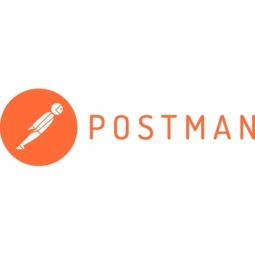Customer Company Size
SME
Region
- America
Country
- United States
Product
- Postman Pro
- Postman monitors
Tech Stack
- Node.js
- Postgres
- Python
- AWS
Implementation Scale
- Enterprise-wide Deployment
Impact Metrics
- Productivity Improvements
- Digital Expertise
Technology Category
- Application Infrastructure & Middleware - API Integration & Management
Applicable Industries
- Telecommunications
Applicable Functions
- Business Operation
Services
- System Integration
- Software Design & Engineering Services
About The Customer
Launched in 2015, The League is a social, mobile dating app designed for aspiring power couples. Known for its selective admissions-based model, The League uses data and social graphs from both Facebook and LinkedIn to fuel its proprietary algorithm. The app is available in several cities in the United States on iOS and Android. The League's development team consists of 10 engineers who use Node.js, Postgres, Python, and AWS. As a mobile-first company, APIs are the cornerstone of their product.
The Challenge
The League is a social and dating mobile application, available in several cities in the United States on iOS and Android. It’s an exclusive members-only swiping app aimed at professionals, with the goal of making meeting people a better experience. As a mobile-first company, APIs are the cornerstone of their product. The League engineering team shares collections and folders in Postman as a way to reference and organize the latest versions of their APIs. However, they needed a way to ensure that their APIs were functioning correctly at all times, and to alert them immediately if there were any issues.
The Solution
The League uses Postman Pro as a knowledge base for their APIs. If someone on their team wants to use a cURL request, they use the Postman code feature to generate a code snippet of the cURL request from the current version of the request in Postman. If someone on their team wants to test the API, they send the requests using Postman as the client along with a Postman environment to configure the root domain for each endpoint. The League also uses Postman monitors to send a network request every 5 minutes to test things that would affect their mobile app users in production. They also set up the built-in integration with PagerDuty to alert them when a monitor triggers an unexpected response.
Operational Impact
Quantitative Benefit

Case Study missing?
Start adding your own!
Register with your work email and create a new case study profile for your business.
Related Case Studies.

Case Study
Vodafone Hosted On AWS
Vodafone found that traffic for the applications peak during the four-month period when the international cricket season is at its height in Australia. During the 2011/2012 cricket season, 700,000 consumers downloaded the Cricket Live Australia application. Vodafone needed to be able to meet customer demand, but didn’t want to invest in additional resources that would be underutilized during cricket’s off-season.

Case Study
SKT, Construction of Smart Office Environment
SK T-Tower is the headquarters of SK Telecom. Inside the building, different types of mobile devices, such as laptops, smartphones and tablets, are in use, and with the increase in WLAN traffic and the use of quality multimedia data, the volume of wireless data sees an explosive growth. Users want limitless Internet access in various places in addition to designated areas.











